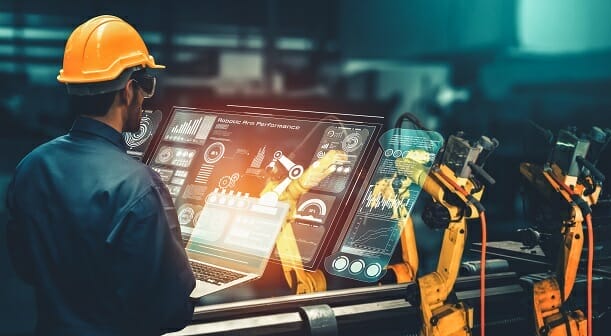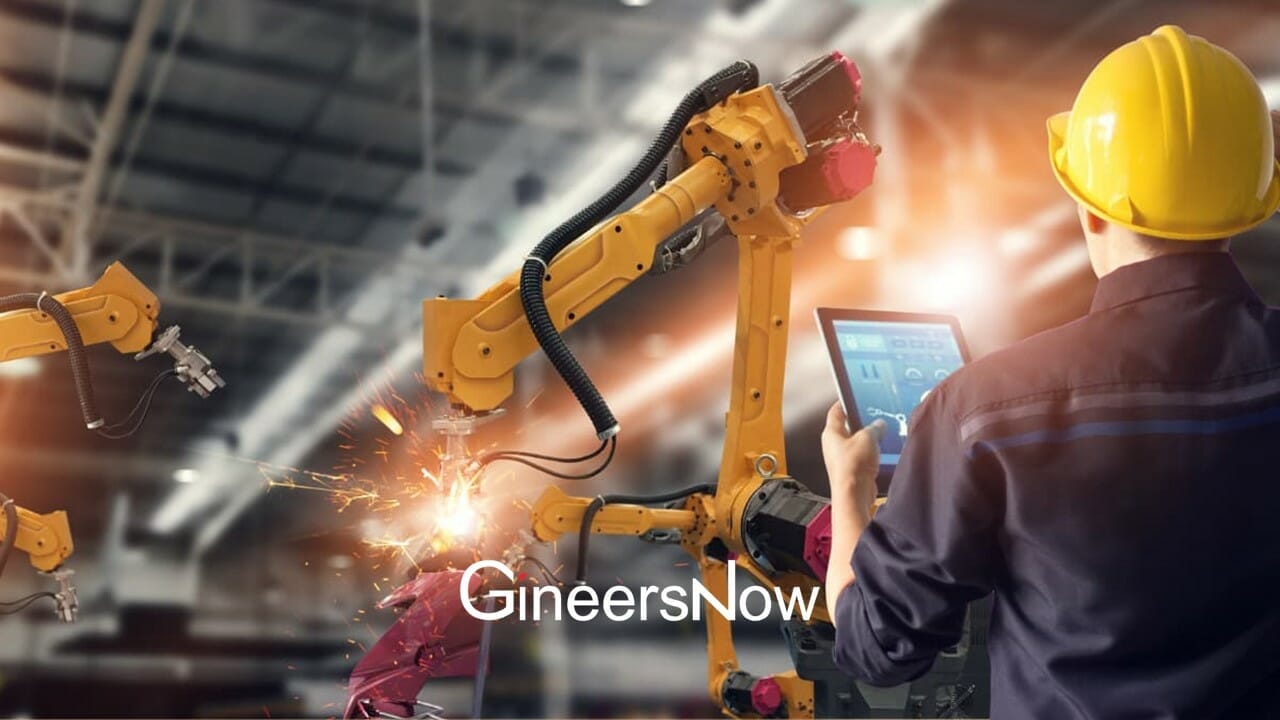With the vast changes in technology, the energy industry continues to undergo a rapid transformation. The energy industry, in general, contains all of the industries involved in the production and sale. It involves energy such as electrical power, gas, petroleum, coal, and renewable energy. Also, it includes manufacturing, refining, extraction, and distribution.
In this big and growing industry, it is important to respond to the new trends. It will shape and change needs of clients and plays a vital role in the modern society.
The increasing influence of digital innovation coupled with the progressive growth of established technologies will change the way companies operate.
Here are some of the essential technologies that shape the energy industry:
Blockchain
The blockchain behind bitcoin is a public ledger of every transaction that has taken place. It cannot be tampered with or changed retrospectively. According to the advocates of the technology, this makes bitcoin transactions secure and safer than current systems.
Blockchain offers an opportunity to create disruptive business models. For example, in trading, supply chain management and retail in the energy industry, it will reduce operational risk and transactional costs. In addition, it will increase compliance as well.
In fuel retailing, the technology would facilitate payments directly from a driver’s blockchain ‘wallet’ and smart contract via his vehicle to the retail station or business, without having to go on a bank transaction. This is just one of the opportunities that will be significant for this kind of business.

Autonomous Vehicle Technology
An autonomous car is a vehicle that can guide itself without human conduction. This kind of vehicle has already been produced and may pave the way for future systems where computers take over the art of driving.
Though the full impact of this technology is still uncertain as low levels of autonomous vehicles are expected to have a modest effect on fuel efficiency, significant impacts on the liquid fuels and lubricant markets could be met with higher automation levels and widespread deployment.
Another area of potential involvement for the oil and gas industry is, refuelling and charging of these vehicles. For example, on the same forecourt service stations are already offering both gasoline and electric charging points. As motorists wait, there is a high possibility of purchasing goods from the convenience store as they charge their vehicles.
3D Printing
3D printing, or additive manufacturing, is a process of making three-dimensional solid objects from a digital file. It is achieved using additive processes wherein an object is created by laying down successive layers of material until the object is created.
3D printing can be useful to the energy industry as it reduce costs and increase operational efficiency in the oil and gas industry. It can produce new parts that weren’t available for manufacture, or improve the design of current parts to enhance safety, efficiency, and reduce costs.
It also represents the possibility of a new revenue stream for oil and gas companies who are able to provide the chemical powders and plastics used as ‘ink’ by these printers.

Artificial Intelligence
AI (artificial intelligence) is the simulation of human intelligence processes by machines, especially computer systems. Learning, reasoning, and self-correction are some of its processes. Specific applications of AI include expert systems, speech recognition and machine vision.
Systems with AI continues to learn strategies to respond with different approaches. It is mean to change situations and able to give supporting information. AI will tackle imprecise or conflicting problems that required human deliberation.
AI could make a difference in the monitoring of oil and gas operations. Computers with AI can anticipate problems and then give recommendations of corrective actions. One example is the intelligent autonomous vehicles, which will be controlled by cognitive systems. It directs actions and adapt accordingly to the operational environment.
E-fuels
One relative examples of E-fuels is E-gas. E-gas, a marketing word for synthetic methane, is the laboratory version of the same colorless, odorless gas. It is derived from ancient land plants and aquatic organic matter that lies buried in the Earth’s crust, above or below oil deposits. Unlike fossil methane, which takes millions of years to form, synthetic methane comes to life relatively quickly by way of some basic chemistry.
In particular, the energy needed for CO2 conversion to liquid fuels or chemicals is considerable. It would need to come from renewable sources (such as wind and solar) or directly from concentrated sunlight (solar fuels).
As E-fuels can be stored efficiently at a low cost, it is compatible with the current industrial infrastructure and supply chain. As a result, there has been an acceleration with advances in material sciences.
Wind Technology
Wind power or wind energy is the process by which the wind is used to generate mechanical power or electricity. Wind turbines convert the kinetic energy in the wind into mechanical power. This mechanical power can be used for specific tasks such as grinding grain or pumping water). It can also be converted into electricity by a generator.
Advances in technology affects the innovation of wind energy. The general trend in turbine design are increased tower height, increased length of the blades and the power capacity, adaptability to harsher climates, such as snow and ice and tropical typhoons, and advances in aerodynamics.
Some methods in early stages of development also include bladeless wind turbines. It is meant to eliminate the need for rotating equipment and airborne (kite) wind turbines. Thus, it will achieve higher altitudes without the need for physical structures.
As long as there is need, technology will continue to advance to meet man’s demands. Innovations like these are the vital key to the progress and growth of industries such as the energy industry.
Click here to read more articles related to this.
Click here to follow our LinkedIn Page.
























